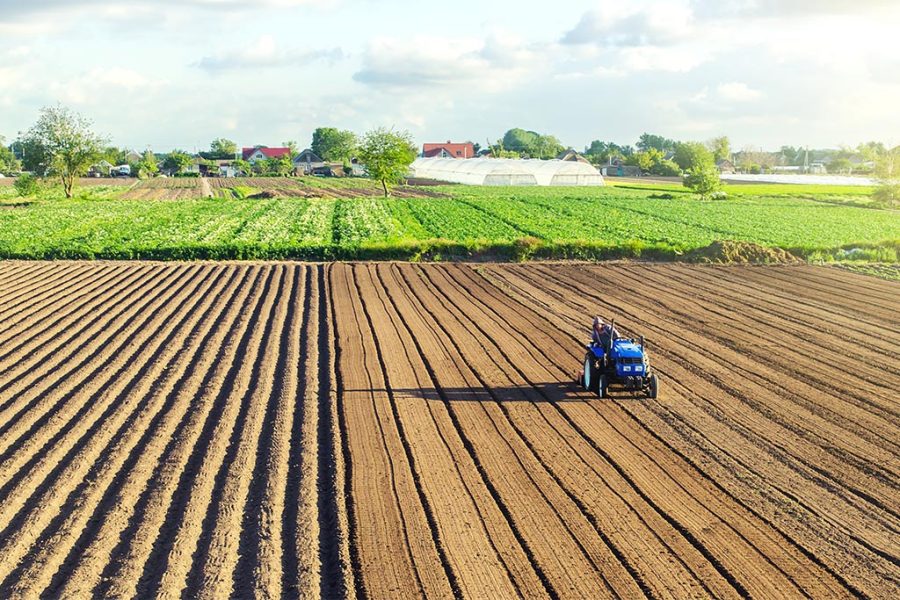A recent survey has revealed Industrija mesa “Matijević” as the leading landholder in Serbia, highlighting significant shifts in the nation’s agricultural sector. Close behind are a mix of domestic and global players, such as the UAE’s Al Dahra and Delta Holding, showcasing the diverse and influential forces shaping Serbia’s agrarian landscape.
“Matijević” and its agricultural division manage an extensive 36,000 hectares across Vojvodina, with an additional 2,000 hectares in Croatia, owning 33,000 hectares outright. This vast domain is supported by a conglomerate of 106 companies across various sectors, recently expanded through the strategic acquisition of the “Mitron” group, enhancing its landholdings and business reach.
Al Dahra stands as the second-largest landowner for the fifth consecutive year, having secured a significant portion of its land through a €121 million deal for PKB’s assets in 2018, which added 17,000 hectares to its portfolio, marking a significant investment by UAE interests in Serbia.

Investments in land have been substantial, with “Matijević” spending €80 million, indicating a high land value of €4,700 per hectare, as reported by Forbes.
The landscape of landownership in Serbia includes a variety of key players such as MK Group and Delta Holding, alongside companies like Almex, Login EKO, and Ćorić Agrar, each managing vast tracts of land and contributing uniquely to the nation’s agricultural output. These entities represent the multifaceted nature of Serbian farming, from modernized agriculture to traditional practices.
The intricate pattern of landownership not only reflects the agricultural dynamism of Serbia but also the broader economic and geopolitical influences at play. The involvement of international investors like Al Dahra and the agricultural ventures of IT entrepreneurs, such as the Logins, underscore the intersection of local traditions with global aspirations.
With these major landowners driving change, Serbia’s agricultural sector is at a crossroads, facing questions about sustainability, community impact, and the preservation of traditional farming methods. Despite these challenges, the vibrancy and resilience of Serbia’s agrarian scene remain evident, led by a cadre of influential landowners reshaping the rural economy, as highlighted by Forbes.
